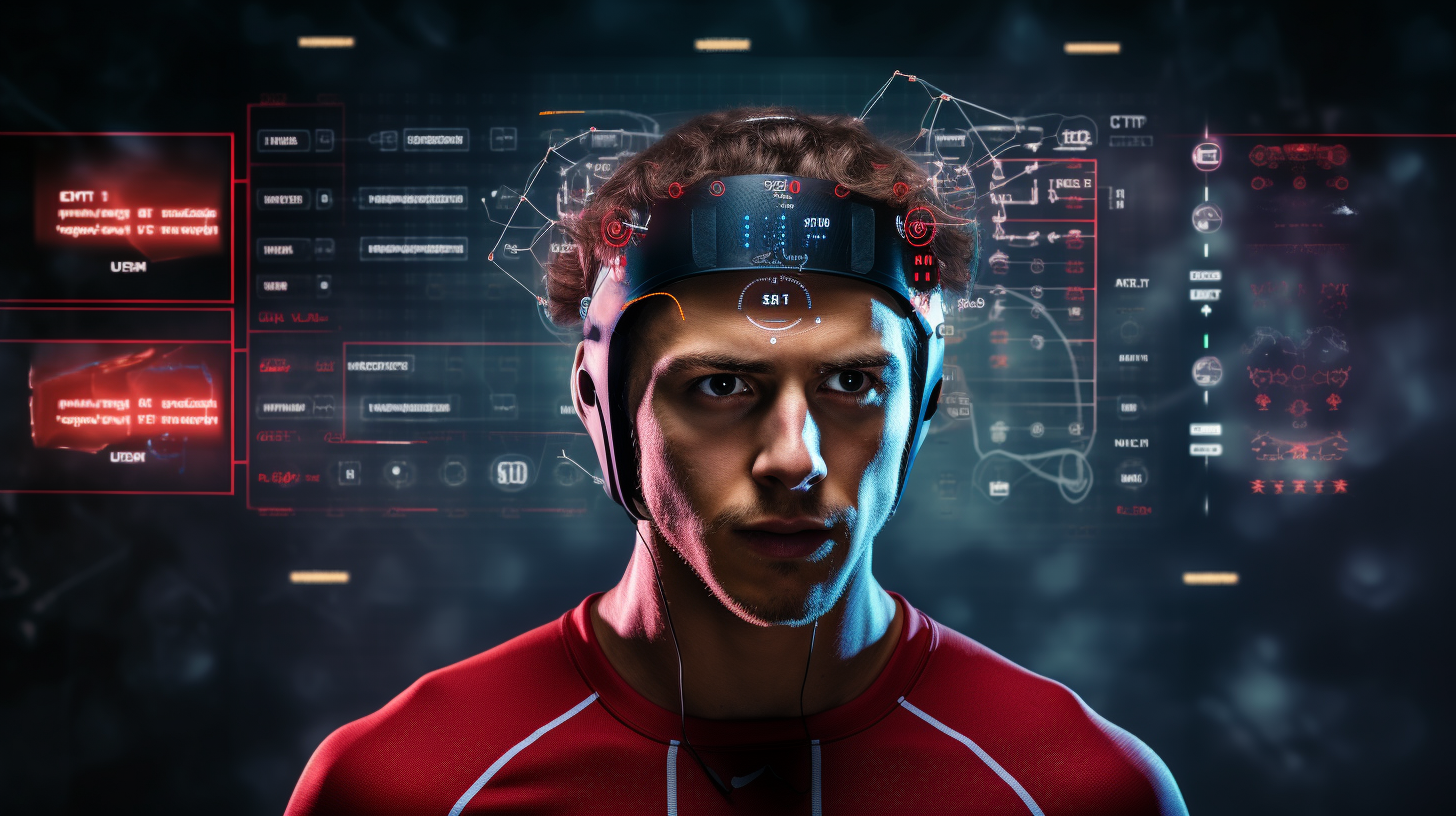The Relationship Between Blood Lactate Accumulation and Psychomotor Performance
The relationship between the Onset of Blood Lactate Accumulation (OBLA) and the Choice Reaction Time (CRT) and understanding their combined role in athletic performance.

The realm of sports performance is both intricate and fascinating. As athletes push their limits, there's a captivating dance between their physiological responses and cognitive capabilities. Here, we'll explore the enthralling relationship between the Onset of Blood Lactate Accumulation (OBLA) and the Choice Reaction Time (CRT) and understand their combined role in athletic performance.
The Physiology of OBLA
During high-intensity exercise, our muscles produce lactate. While the body efficiently clears this lactate up to a point, as the intensity continues to climb, lactate accumulates faster than our system can handle. This tipping point is the OBLA. Beyond this threshold, athletic performance can decline, much like an overheated engine.
Cognitive Insights through CRT
As the body works, the brain is in tandem, making rapid decisions. The CRT measures cognitive performance during physical activity, giving insight into the brain's efficiency. As intensity increases, CRT initially improves, indicating enhanced cognitive function. However, there's a saturation point beyond which our cognitive capabilities start to deteriorate.
The Study: Unraveling the OBLA-CRT Relationship
A meticulously conducted study involving thirteen elite male soccer players aimed to find any overlap between OBLA and what's termed the "psychomotor fatigue threshold" — the point of optimal CRT.
Findings from Test I:
- At the maximal complete exercise stage, subjects reached a speed of 18.0 km/h, with specific physiological markers: oxygen uptake (4.39 ± 0.34 l/min), HR (193 ± 2 beats/min), pulmonary ventilation (145.7 ± 2 l/min), and blood [LA] (9.84 ± 0.6 mmol/l).
- Post a 6-week pre-competition conditioning period, the running speed corresponding to OBLA increased by 0.92 ± 0.26 km/h.
Notable CRT Changes:
- Training had a profound effect on CRT. When comparing CRT values from the initial test and after training, there was a significant reduction in reaction times during exercise.
- CRT improved until reaching 70–80% of the maximal aerobic workload, after which it began to increase (slower). For instance, during Test I, reaction time shortened (faster) by 13.4% (from 345 ± 10 ms to 304 ± 11 ms). However, upon surpassing the psychomotor fatigue threshold, it increased (slower) to 359 ± 12 ms.
- Post-training, the decrease (faster) in CRT before hitting the psychomotor fatigue threshold was 10.1%, and by the end of the exercise, CRT increased (slower) by 16% from its lowest value.
Interplay of OBLA and CRT:
- Both OBLA and the psychomotor fatigue threshold shifted towards higher running velocities post-training.
- A robust correlation (0.972 with a 95% confidence interval from 0.906 to 0.990) was identified between the running speed corresponding to OBLA and that linked with the shortest CRT.
Deciphering the Results
The study's data resonated with previous findings, suggesting exercise influences the speed of response during a choice reaction task but doesn't significantly sway the accuracy of the response.
The novel revelation of this study lies in the high positive correlation between OBLA and the psychomotor fatigue threshold. This intertwined relationship indicates that endurance training doesn't just elevate physical performance but also boosts cognitive performance during intense exercise.
The Psychomotor Fatigue Threshold Test: A Key to Enhanced Sports Performance
The Psychomotor Fatigue Threshold Test is an innovative metric designed to gauge the intersection of physical endurance and cognitive performance in athletes. During periods of increasing exercise intensity, there's a point where an athlete's cognitive response time, measured as Choice Reaction Time (CRT), is optimal. Beyond this, despite the body still working, the brain's sharpness starts to falter, signaling the psychomotor fatigue threshold.
For sports professionals, understanding this threshold is invaluable. Here's why:
- 360-Degree Performance Insight: This test offers a dual perspective, shedding light on an athlete's physical stamina and cognitive performance simultaneously.
- Strategic Training Design: Recognizing the exact juncture where mental sharpness declines allows coaches to craft training sessions that challenge athletes up to their optimum, balancing physical exertion with mental agility.
- Game-Changing Preparedness: For dynamic sports where every second counts—like basketball or soccer—training to stretch and operate near this psychomotor threshold can provide a distinct competitive advantage.
In essence, the Psychomotor Fatigue Threshold Test is more than just a measure of physical endurance; it's a lens into the intricate balance of muscle and mind, offering coaches and athletes a roadmap to peak performance.

Final Thoughts
For athletes and coaches, these insights are invaluable. They reveal that athletes can sustain high cognitive performance even when pushing their physical boundaries. Moreover, structured training regimens not only enhance endurance but also shift cognitive performance thresholds to higher intensity levels. In the intricate ballet of sports performance, understanding the relationship between OBLA and CRT can be a game-changer.

